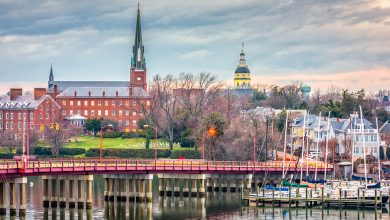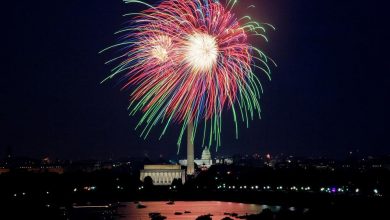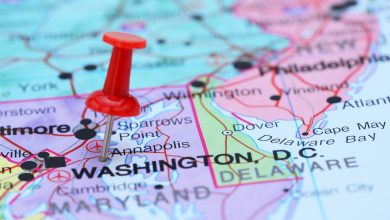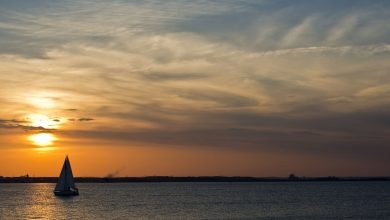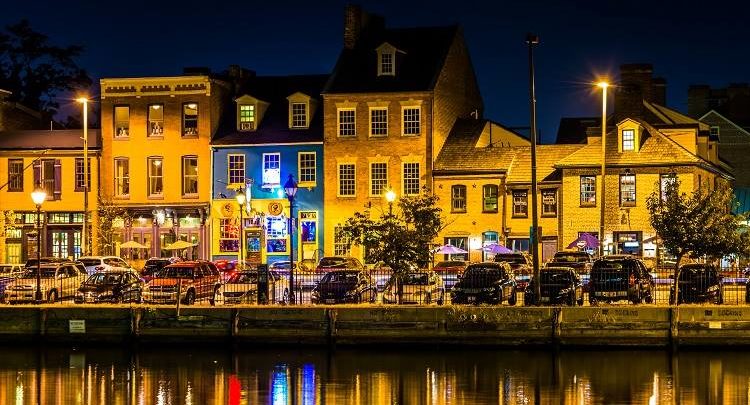
Back during the Revolutionary War, George Washington referred to Maryland’s soldiers as “The Old Line”. It was meant as a compliment when referring to troops he regarded as the most well-trained in the army. This is how the state of Maryland is believed to have come by its nickname as “The Old Line State”. However, when navigating your way through our 7th state feel free to draw some new lines to these oft-overlooked destinations.
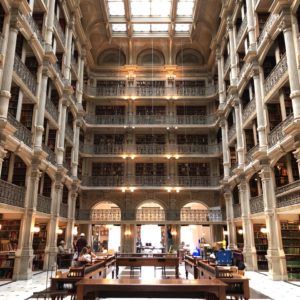
1. George Peabody Library
This “Cathedral of Books” is the embodiment of its founding namesake, whose goal was to provide a space free for all those who desired to obtain the knowledge contained therein. A six-story monument to the written word, the stunning neo-Greco interior houses more than 300,000 volumes devoted to, among other subjects, history, religion, art, and architecture. Designed by local architect Edmund G. Lind, the space features ornate golden columns, five stories of ornamental cast-iron railings, and a black and white marble floor, all of which rest beneath a frosted ceiling patterned with lattice. The impressive structure dates all the way back to 1878 and today operates under the banner of Johns Hopkins University’s Sheridan Libraries, a collective of book depositories that together contain over 3.7 million tomes. Additionally, what has often been referred to as one of the most beautiful libraries in the world also operates as a private event space, hosting weddings and other chic gatherings in its Exhibit Room and the posh atrium of the main Reading Room.
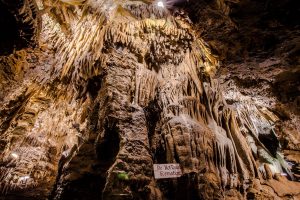
2. Crystal Grottoes Caverns
As hard as it may be to believe, Crystal Grottoes Caverns is the only show cave (or cave accessible to the public) in all of Maryland. Located in Boonsboro, the cave dates back to 1920 when it was discovered by a quarrying crew drilling for gravel. Nowadays, the cavern is under the operation of third-generation owner Jerry Downs, whose staff offers guided tours of what has been said to be one of the most well-preserved cavities of its kind on the planet.
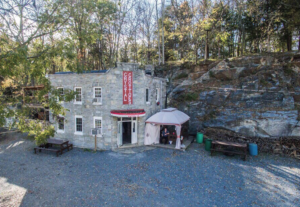
Comprised of high, narrow passages, this solutional cave features stunning geological formations, such as columns and flowstone. In fact, Crystal Grottoes is believed to boast more formations per square foot than any other cave in the world. Guests begin their tour by passing through the building at the entrance to the cave before continuing on to several rooms, the largest and most impressive of which being the Blanket Room. At 30 feet long and 20 feet wide, the room stands beneath a 20-foot ceiling draped with stalactites and rock clusters and features a year-round temperature of a cool 54 degrees. The caverns are open seasonally, from April 1st to November 30th each year.
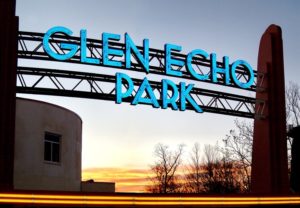
3. Glen Echo Park
Initially conceived as the site for the National Chautauqua Assembly, a cultural movement that sought to separate its suburban community from urban pollution while also championing the arts, this area would evolve into one of the DC area’s most popular amusement parks. From the early 1900s to its closing date in 1968, Glen Echo Amusement Park thrilled guests with attractions such as the Derby Racer – a rollercoaster with cars running on parallel tracks – and the Flying Skooter, which featured rider-controlled air cars whose altitude could be manipulated using hand controls.
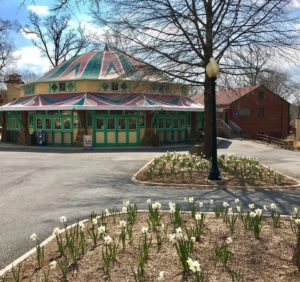
After the amusement park ceased operations, the National Park Service assumed management of the property, somewhat restoring it to its roots as a center for arts and culture. Today, the site is host to a variety of programs and workshops, offering classes in dance, theater, and the visual arts. Remnants of the amusement park remain, including the fully-restored Dentzel Carousel – which dates back to 1921 – as well as the Cuddle Up teacup ride. Tours of the area are offered through the Park Service, providing visitors with historical context while also allowing for an opportunity to appreciate the art-deco architecture of the buildings that have been preserved from that era.
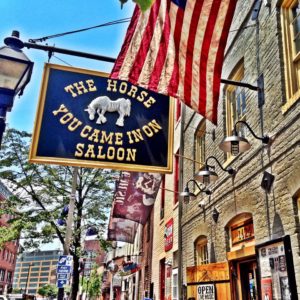
4. The Horse You Came In On Saloon
Known to regulars as “The Horse”, this local watering hole dates all the way back to 1775 and is claimed to be the last public place famed American writer Edgar Allan Poe was seen before his mysterious death in 1849. Though there is some debate as to whether or not these assertions are true, it has not stopped the establishment from embracing this dubious distinction, even going so far as to designate one of the seats therein as “Poe’s Last Stop”.
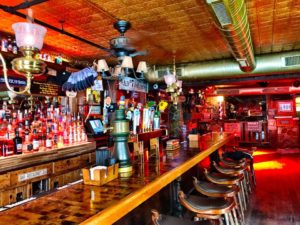
Whether this claim is factually accurate or not is inconsequential, as it adds even more character to a saloon that already seems to be bursting with the trait, what with its saddle stools, mantle-mounted motorbike, and walls of whiskey. Located in the Fell’s Point Historic District of Baltimore, the site – which didn’t settle on its iconic moniker until after an ownership change in the mid-20th century – is also famed as the only bar in Maryland to remain operational through Prohibition. For Poe enthusiasts, the author’s memorial and gravesite is within walking distance from the docks where the tavern is located.
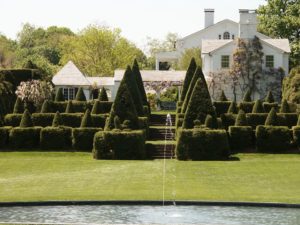
5. Ladew Topiary Gardens
A nonprofit located in Monkton, the Ladew Topiary Gardens features 22 acres of greenery, including the titular stunningly-sculpted shrubbery. Previously the site of Pleasant Valley Farm, the land – which neighbored the Elkridge- Harford Hunt Club – was purchased by avid fox hunter Harvey Ladew in 1929, who then set about erecting his estate and transforming the crop fields into gardens. Opened to the public in 1971, the topiary gardens served as a means for Ladew to preserve his creation while simultaneously sharing it with the world.
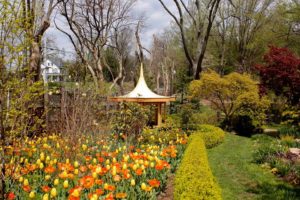
Each of the 15 garden “rooms” is dedicated to a certain plant, color, or theme, such as the Victorian Garden, which highlights rhododendron and concrete furniture featuring carvings of different nature scenes. Some of the many topiaries include a giant swan, a ship surrounded by a koi pond, and a trio of terraces with hemlocks shaped into garlands and windows. The grounds also feature a butterfly house and one-mile nature trail, as well as Ladew’s Manor House, with guided tours that allow visitors to explore the facilities, including the famed Oval Library – which houses more than 2,500 books and a secret, hidden door.

